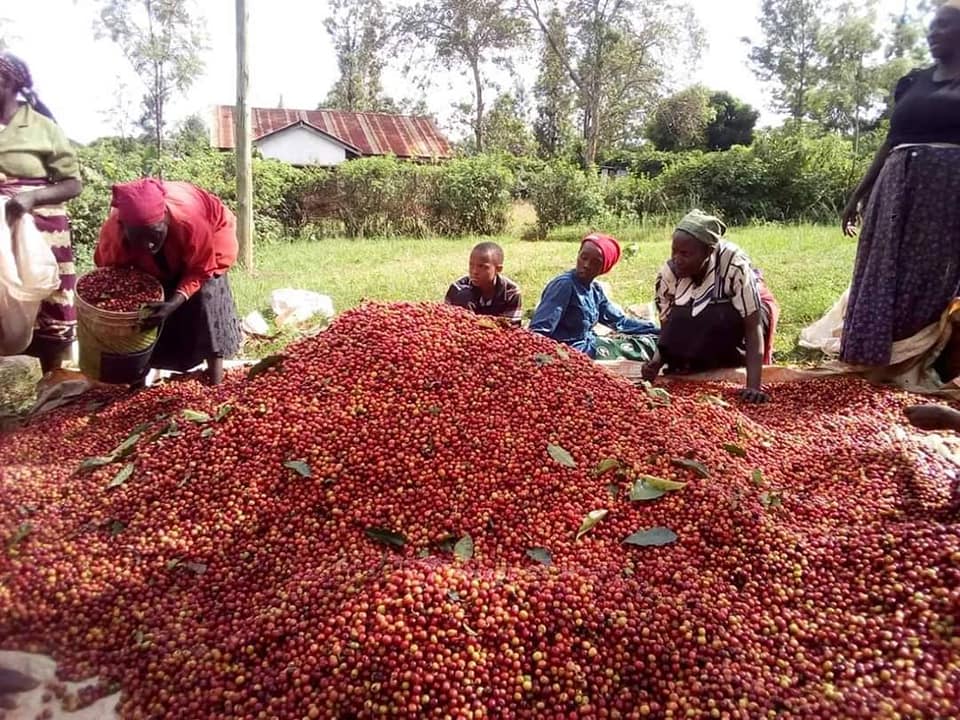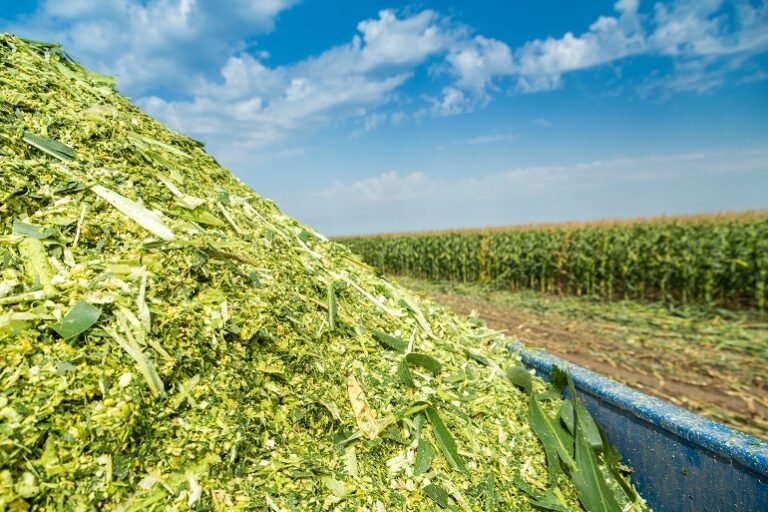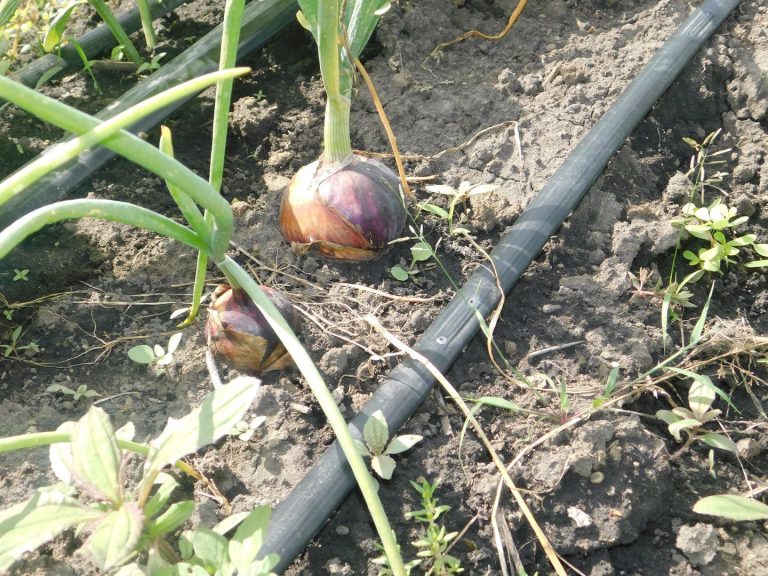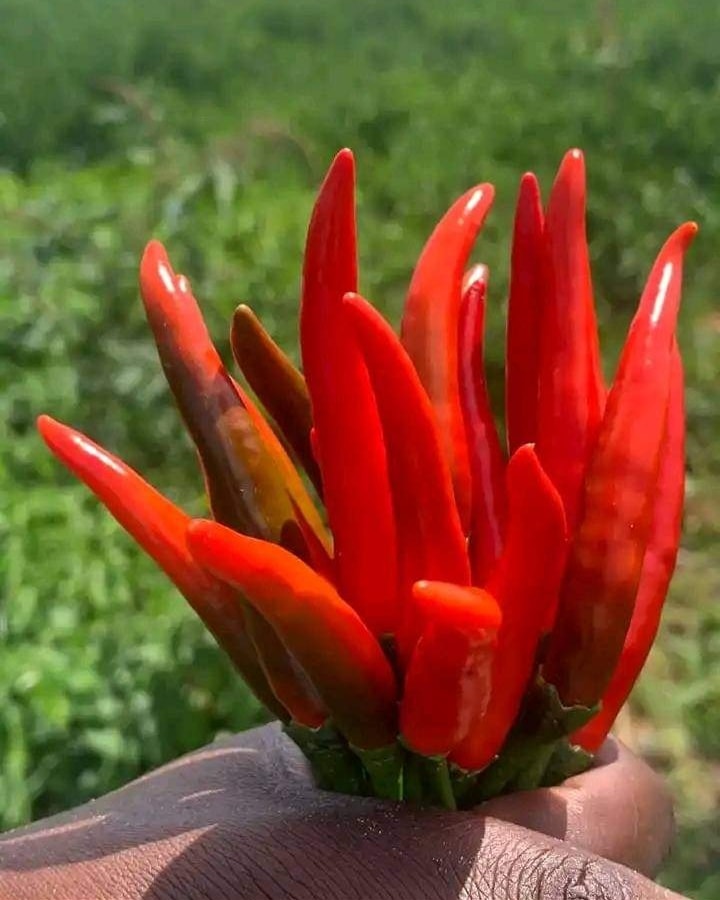How Many Kgs Of Coffee Per Acre In Kenya
On average, an acre of typical coffee yield in Kenya ranges from 800 to 1,000 kilograms per acre, but superior management practices and favorable conditions can lead to significantly higher production outputs.
Understanding the interplay of tree variety, farming techniques, and management practices is essential for coffee farmers aiming to optimize their yields and profitability.
The coffee yield per acre can vary significantly based on factors such as tree variety, farming practices, and management. Here are some key insights:
- Yield Estimates:
- A well-managed coffee tree can produce between 30 to 100 kilograms of coffee cherries per year. For instance, the SL28 variety can yield around 100 kilograms per tree under optimal conditions.
- On average, a farmer can expect to harvest approximately 800 to 1,000 kilograms of coffee cherries per acre, assuming a density of about 1,000 coffee trees per acre.
- Factors Influencing Yield:
- The age of the coffee trees plays a critical role in productivity. Young trees (1-3 years) yield significantly less, while mature trees (4 years and older) can produce much higher amounts.
- The choice of coffee variety also impacts yield; for example, the Ruiru 11 variety typically yields less than SL28 but is more resistant to diseases.
- Management Practices:
- Effective management practices, including proper pruning, fertilization, and pest control, are essential for maximizing yield. Farmers who adopt good agronomic practices can significantly increase their production levels.
While the average yield can be around 800 to 1,000 kilograms per acre, exceptional management and optimal conditions can lead to much higher yields.
Kenyan Coffee Farming
Kenya is renowned for its high-quality coffee, characterized by a bright acidity, full body, and complex flavor profile. The country’s unique geography, with its high altitudes, fertile volcanic soils, and favorable climate, provides ideal conditions for coffee cultivation.
Coffee farming in Kenya is predominantly carried out by smallholder farmers who contribute about 70% of the total production.
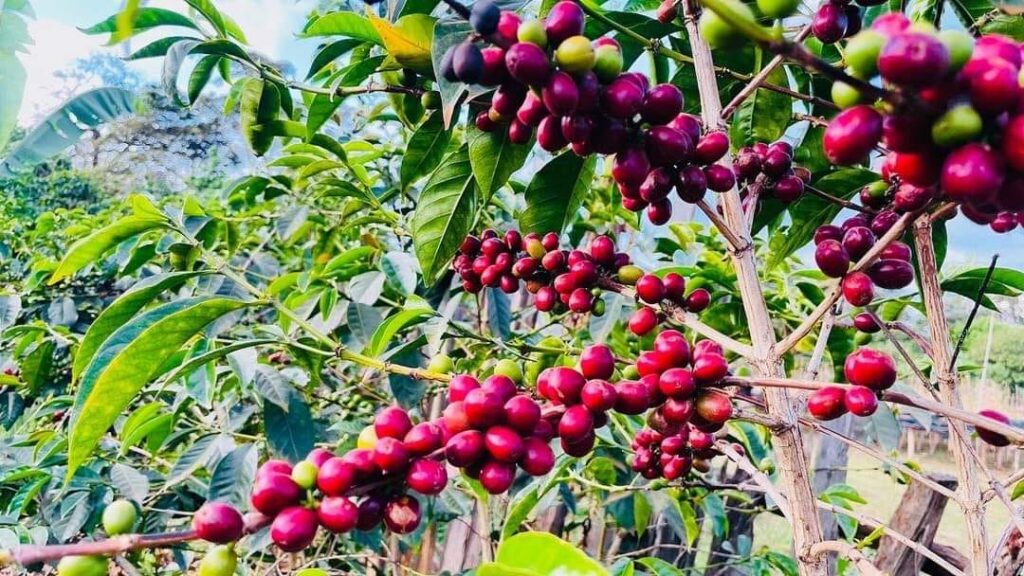
Coffee Yield Per Acre in Kenya
Coffee farming in Kenya is a cornerstone of the agricultural sector, contributing significantly to the economy and livelihoods of many farmers.
Understanding the yield per acre is crucial for both smallholder and commercial farmers aiming to maximize their productivity.
On average, Kenyan coffee farms yield between 700 to 1,000 kilograms of coffee per acre annually.
This yield can vary significantly based on several factors including farming practices, climate conditions, and varietal selection. This comprehensive guide explores these variables and provides insights into enhancing coffee yields in Kenya.
Factors Influencing Coffee Yield per Acre in Kenya
Climate and Altitude
Kenya’s equatorial climate and high-altitude regions are conducive to growing Arabica coffee, the preferred variety for its superior quality. Coffee thrives at elevations between 1,400 and 2,000 meters above sea level, where cooler temperatures and adequate rainfall create optimal growing conditions.
Soil Fertility and Management
Volcanic soils rich in nutrients support healthy coffee plants. Proper soil management, including regular testing and amendment with organic matter and fertilizers, ensures that plants receive the necessary nutrients for growth and fruit production.
Coffee Varietals
Kenya grows several coffee varietals, including SL28, SL34, Ruiru 11, and Batian. Each varietal has different yield potentials and resistance to diseases. For instance, Ruiru 11 and Batian are resistant to coffee berry disease and coffee leaf rust, which can significantly impact yields.
Agronomic Practices
Implementing best agronomic practices is crucial for high yields. These include proper spacing, pruning, mulching, and pest and disease management. Shade management and intercropping with other plants can also enhance coffee plant health and productivity.
Water Management and Irrigation
Adequate water supply is essential, particularly during dry spells. While some regions rely on rain-fed agriculture, others use irrigation systems to ensure consistent water availability. Efficient water management practices can mitigate the effects of climate variability on coffee yields.
Harvesting and Post-Harvest Handling
Timely and selective harvesting ensures that only ripe cherries are picked, which contributes to the overall quality and quantity of the yield. Proper post-harvest handling, including pulping, fermenting, drying, and storing, is critical to maintaining coffee quality.

Challenges in Achieving Optimal Coffee Yields
Pests and Diseases
Coffee farms in Kenya face challenges from pests such as the coffee borer beetle and diseases like coffee berry disease and coffee leaf rust. Effective pest and disease management strategies are essential to protect crops and maintain yields.
Climate Change
Climate change poses a significant threat to coffee production in Kenya. Unpredictable weather patterns, increased temperatures, and irregular rainfall can affect flowering and cherry development, leading to reduced yields. Farmers need to adopt climate-smart agricultural practices to mitigate these impacts.
Economic Factors Fluctuating coffee prices in the global market can affect the income and investment capacity of farmers, influencing their ability to adopt improved farming practices. Access to affordable credit and favorable market conditions are crucial for sustaining high yields.

Improving Coffee Yields: Strategies and Recommendations
Adoption of Improved Varietals
Planting disease-resistant and high-yielding coffee varietals like Ruiru 11 and Batian can enhance productivity and reduce losses due to pests and diseases.
Enhanced Agronomic Practices
Farmers should be trained in best agronomic practices, including proper pruning, mulching, and nutrient management. Extension services and farmer field schools can play a vital role in disseminating this knowledge.
Investment in Irrigation Systems
Installing efficient irrigation systems ensures that coffee plants receive adequate water throughout the growing season, especially in areas with irregular rainfall.
Integrated Pest Management (IPM)
Implementing IPM practices, including biological controls, resistant varietals, and chemical treatments, can effectively manage pests and diseases while minimizing environmental impact.
Soil Health and Fertility Management
Regular soil testing and the use of organic and inorganic fertilizers tailored to the specific needs of the soil can improve plant health and yields. Composting and green manuring are also beneficial practices.
Access to Credit and Markets
Facilitating access to affordable credit enables farmers to invest in necessary inputs and technologies. Strengthening market linkages ensures that farmers receive fair prices for their coffee, encouraging them to maintain high productivity.
Research and Development
Continuous research on coffee varietals, pest and disease management, and climate adaptation strategies is essential for sustaining and improving coffee yields in Kenya. Collaboration between research institutions, government agencies, and farmers is key to implementing these innovations.
Conclusion
Maximizing coffee yield per acre in Kenya requires a holistic approach that encompasses improved farming practices, investment in infrastructure, and support from both government and private sectors.
By adopting best practices and leveraging innovations, Kenyan coffee farmers can enhance their productivity, ensuring a sustainable and profitable coffee industry.

FAQs
What is the average coffee yield per acre in Kenya? The average coffee yield per acre in Kenya ranges from 700 to 1,000 kilograms annually, depending on various factors such as climate, soil fertility, and farming practices.
How does altitude affect coffee yield in Kenya? Coffee grown at higher altitudes in Kenya tends to have better quality and yield due to cooler temperatures and adequate rainfall, which create optimal growing conditions.
What are the common coffee varietals grown in Kenya? Common coffee varietals grown in Kenya include SL28, SL34, Ruiru 11, and Batian. These varietals have different yield potentials and resistance to pests and diseases.
How can farmers improve soil fertility for better coffee yields? Farmers can improve soil fertility by conducting regular soil tests, using organic matter and fertilizers, practicing composting, and incorporating green manures into their farming systems.
What role does irrigation play in coffee farming in Kenya? Irrigation ensures that coffee plants receive adequate water, especially during dry spells, leading to consistent growth and higher yields. Efficient water management practices are essential for optimal coffee production.
How can climate change impact coffee yields in Kenya? Climate change can lead to unpredictable weather patterns, increased temperatures, and irregular rainfall, which can affect flowering and cherry development, ultimately reducing coffee yields. Adopting climate-smart agricultural practices can help mitigate these impacts.
